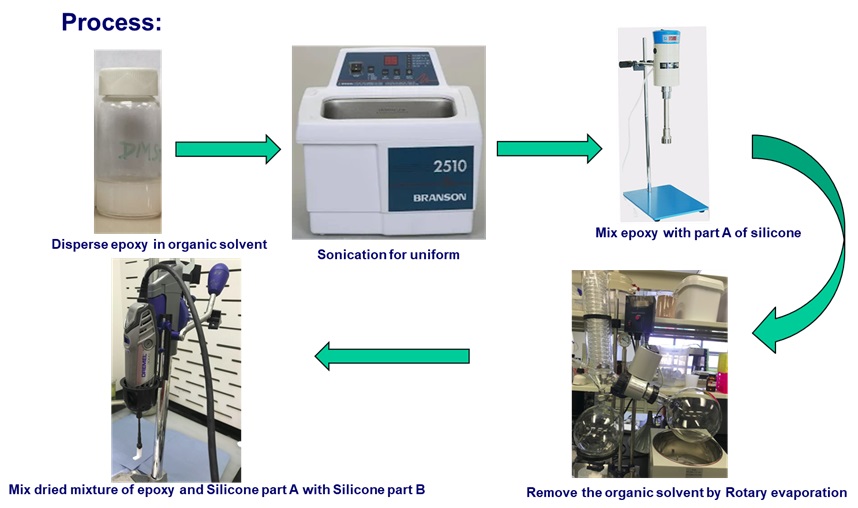Principal Investigator: Dr. Simon Ang
The objective of the project is to develop encapsulants capable of withstanding extreme high AC electric fields for power modules. Electrical insulation is a huge challenge for the packaging of high-voltage silicon carbide (SiC) power modules. In these high-voltage SiC power modules, the electrical insulation weak points are the power die, substrate and high-voltage output terminals. As such, design and material considerations must be instituted for high-voltage reliability concerns. The voltage handling capability of SiC power devices are increasing and 25kV SiC devices have been reported. As the voltage rating increases and die thickness decreases, the electric field around the SiC die from anode to the cathode electrical trace is greatly enhanced. For example, the average electric field of 100 kV/mm for the latest generation 10 kV SiC MOSFET with 100 μm die thickness is 100kV/mm while that for the 1.7 kV silicon IGBT with 209 μm die thickness is 8.1 kV/mm. As such, the electrical field intensity around the 10kV SiC device is more than 10 times higher than that of silicon power devices. This requires encapsulants with a higher voltage insulation capability and stability at high electric field. Besides improving the electrical insulation, encapsulation has to protect the die from environmental factors, such as moisture and radiation. Voids within encapsulation are to be avoided as voids create enhancement of partial discharge. This project will reformulate several epoxy resins and silicones and to embed nano-sized ceramic particles so that the resultant epoxy nanocomposites (ENCs) and silicone nanocomposites can function at higher temperatures while maintaining high dielectric strengths.



Recent Comments